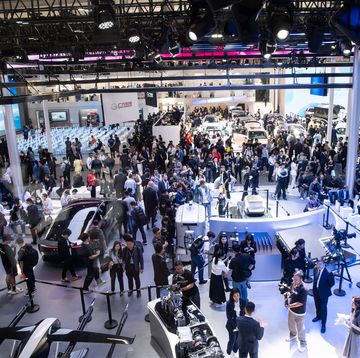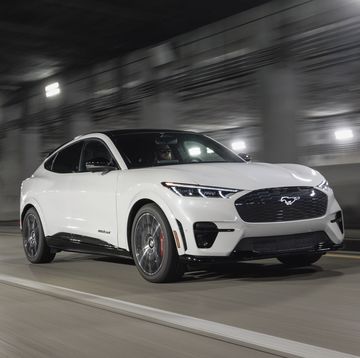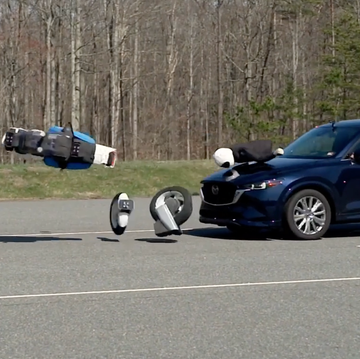Takata is recalling defective airbags in nearly 34 million cars—double what the automotive supplier originally recalled over the past year—as it remains befuddled over the cause of the issue and woefully short of capacity to fix one of the largest auto defects of all time.
In an agreement with the Department of Transportation, Takata said it would expand recalls of its passenger-side frontal airbag inflators to all 50 states, a request the company had refused to fulfill since November. It will also expand its current nationwide driver’s-side frontal airbag action to include more vehicles. During a crash, the airbag inflators can break apart due to excessive pressure, potentially shooting large fragments of metal through the bag—and at occupants—at very high speeds. According to the National Highway Traffic Safety Administration, Takata and the 10 affected automakers still have not found a definitive cause for the defect but continue to point to moisture buildup inside the inflators, which change the chemical makeup of the propellant, as among the factors.
In four defect reports submitted Monday, Takata said that “thermal cycling” and the grain of the propellant wafers, in combination with water entering the inflators and other parts that had poor seals, had contributed to the problems. Earlier, Takata had also referenced its Mexican factory mishandling the propellant during production, including a report of discovering a piece of gum inside one of the inflators.
READ MORE: Takata Recall: Everything You Need to Know, Including Affected Vehicles
As of May 1, Takata has detonated nearly 27,000 airbag inflators from recalled cars brought in for repair. The failure rates are much worse than Takata initially disclosed during a December Congressional hearing, when the recalls were limited to vehicles in so-called “high humidity” states in the southern regions. Honda and Toyota drivers and passengers are most at risk, according to Takata’s analysis. Driver’s-side airbags in 2003–2007 Toyota Corolla and Matrix models (plus the Pontiac Vibe, a twin to the Matrix), as well as 2004–2007 Honda Accord models, recorded the highest failure rates tested by Takata thus far, at 2.16 percent. That means of the 5.2-million examples of vehicles built in those model years—at least 10 of which have already ruptured in crashes—one in 46 may have a defective airbag. Passenger-side airbag inflators taken from 2001–2006 Civic and 2003 Accord models posted a 0.51-percent failure rate (1 in 197 cars).
Separate faulty inflators affecting BMW, Chrysler, and other automakers posted failure rates of 0.07 and 0.90 percent. Takata says it knows of 63 airbag inflators that ruptured during crashes within the U.S. At least six people have died in crashes involving defective Takata inflators—all of them in Honda vehicles—and at least 139 injuries have been reported across all automakers. The company has also laid some blame on automakers for the defects, stating in one report that the “potential for this long-term phenomenon to occur was not within the scope of the testing specifications prescribed by the vehicle manufacturers to Takata.”
NHTSA said it would order Takata to expedite repairs after automakers reviewed their production records to determine the final number of affected vehicles. At the moment, it is unclear if Takata’s replacement parts are of sufficient quality—the company said it would stop production of one of its current driver’s-side inflators—and there’s no current timetable as to when car owners can expect parts to arrive in their area. In March, despite Takata ramping up production to 450,000 parts per month, only 12 percent of the 17 million cars said at that time to be affected in the U.S. had been fixed.
Since February, Takata has been fined $14,000 per day by NHTSA for not explaining technical documents submitted to the agency. An independent review board is looking into Takata’s manufacturing processes and recommending best practices, and it’s likely that more hearings, fines, and possibly even more recall expansions will follow in the coming weeks.
Clifford Atiyeh is a reporter and photographer for Car and Driver, specializing in business, government, and litigation news. He is president of the New England Motor Press Association and committed to saving both manuals and old Volvos.













